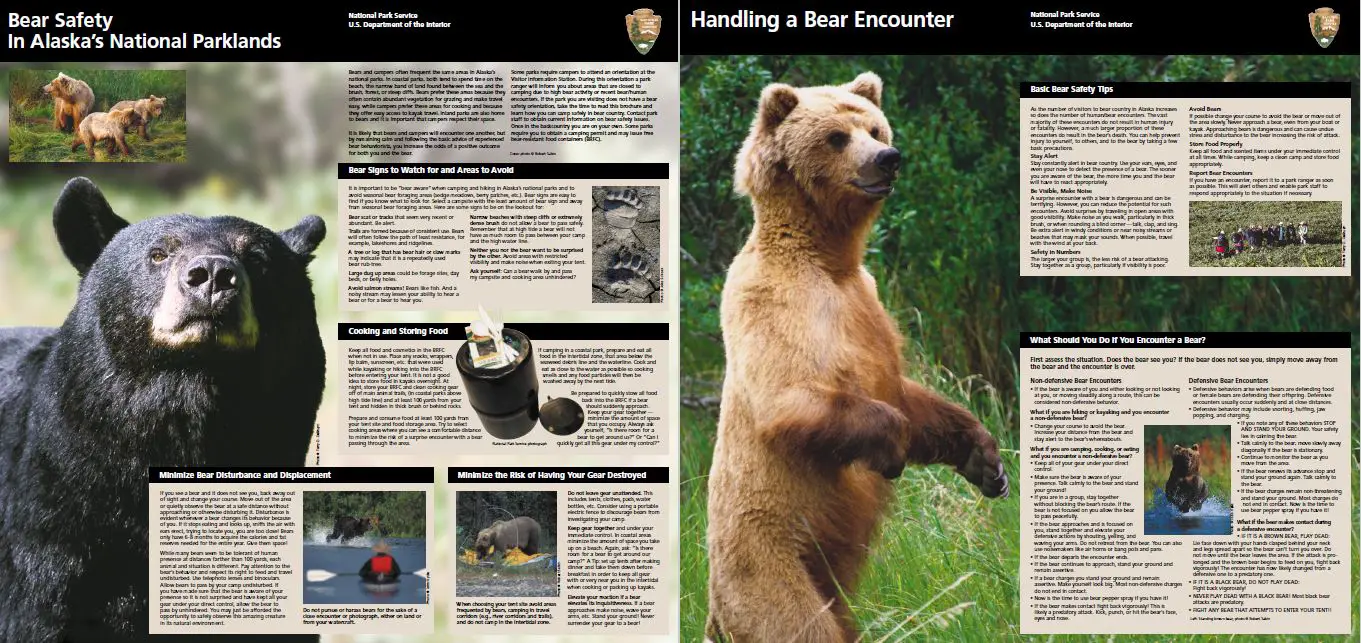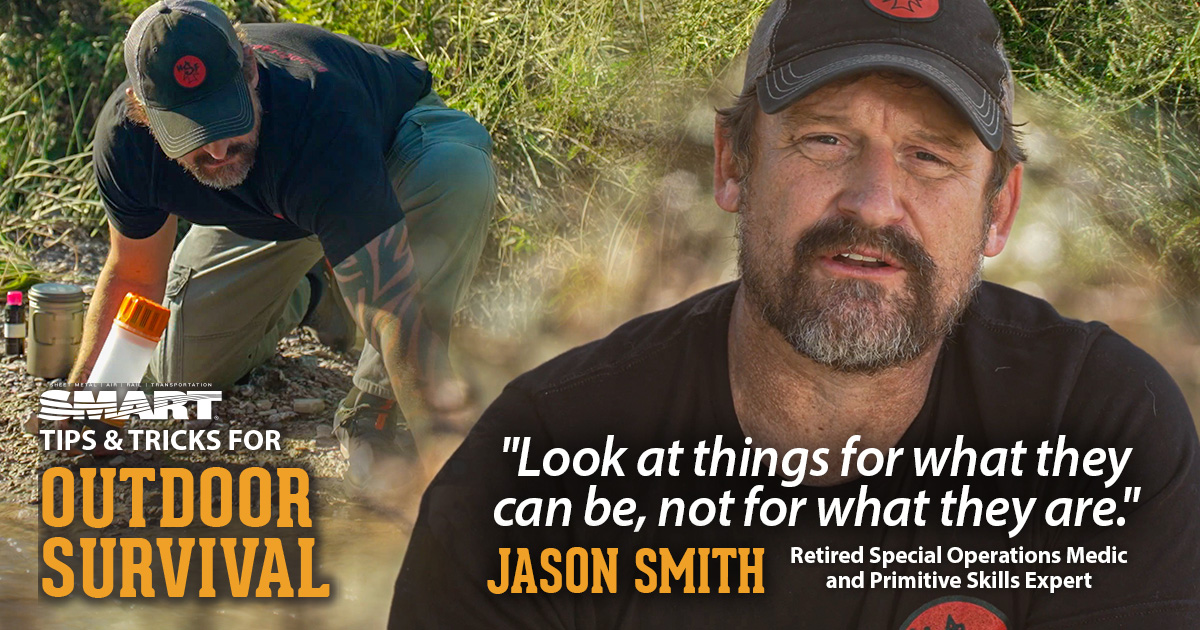To survive a moose attack, stay calm and slowly back away without making sudden movements. It’s important to remain quiet and avoid eye contact to minimize the risk of provoking the moose.
Understanding the behavior of these animals and knowing how to react can greatly increase your chances of staying safe in a moose encounter. Moose attacks are rare but can be dangerous, especially if they feel threatened or cornered. By following specific safety measures and keeping a clear head during such encounters, you can effectively protect yourself and prevent the situation from escalating.
In this guide, we will delve deeper into key strategies for surviving a moose attack and highlight the best practices to ensure your safety in the outdoors. Let’s explore the essential steps to take when facing a moose to enhance your preparedness and confidence in potential wildlife encounters.

Recognizing Moose Behavior
Understanding how moose behave is crucial for your safety if you encounter one in the wild.
Understanding Moose Body Language
Observe a moose’s body language to gauge their mood and intentions.
- An upright, relaxed posture indicates that the moose is calm.
- Watch for pinned-back ears or raised hackles, signs of agitation or aggression.
- Moose licking their lips or flicking their tongue may be feeling nervous or threatened.
Identifying Aggressive Signs
Recognizing aggressive behavior in a moose can help you avoid a dangerous encounter.
- Direct eye contact: A moose staring directly at you can signal aggression.
- Charging: If a moose lowers its head and charges, move away quickly.
- Agitated movements: Rapid pawing or stomping of the ground indicates readiness to charge.
Avoiding Moose Encounters
When hiking in moose territory, preventing encounters is essential for your safety.
Choosing Safe Hiking Routes
Opt for well-marked trails over dense vegetation to decrease the likelihood of surprising a moose.
Making Noise While Hiking
Be vocal: Talk or sing loudly to alert moose of your presence and avoid surprising them.
Use bells: Attach a bell to your gear to create continuous noise while hiking.
Reacting During An Encounter
Staying Calm And Still
Maintaining your composure during a moose encounter is crucial. Stay calm and avoid making sudden movements. Moose are sensitive to erratic behavior, and panicking can escalate the situation. Remain still and composed to avoid provoking the animal.
Creating Distance Safely
When trying to establish distance, move slowly and steadily away from the moose. Avoid direct eye contact, as this may be perceived as a threat. Ensure you do not turn your back on the moose, as this may trigger a chase response. Create as much distance as possible without alarming the moose further.

Credit: www.ktvq.com
Using Protective Measures
When encountering a moose, it is essential to take immediate action to ensure your safety. Using protective measures can significantly reduce the risk of a moose attack. In this section, we will explore two important strategies: carrying bear spray and understanding moose deterrents.
Carrying Bear Spray
Carrying bear spray is a crucial step in defending yourself during a moose encounter. This effective deterrent is readily available and easy to use. Bear spray contains capsaicin, a substance derived from chili peppers, which can temporarily disable a moose and give you time to safely retreat. When using bear spray, keep in mind the following:
- Ensure that the bear spray is easily accessible by carrying it in a holster attached to your belt.
- Practice using the bear spray beforehand to familiarize yourself with its operation.
- When confronted by a moose, stand your ground and create a barrier between yourself and the animal.
- When the moose is within a suitable distance, aim slightly downward and spray the bear spray in short bursts towards the moose’s face.
- Retreat slowly and calmly, keeping an eye on the moose until you are at a safe distance.
Understanding Moose Deterrents
Moose deterrents can help discourage these massive creatures and prevent potential attacks. While no method guarantees complete safety, understanding these deterrents can greatly improve your chances of survival. Some effective ways to deter moose include:
| Deterrent | Explanation |
|---|---|
| Make noise | Moose are generally shy animals, and loud sounds can often startle and discourage them from approaching. |
| Use motion | Waving your arms, clapping, or swinging an object can help make you appear larger and potentially scare the moose away. |
| Find cover | Seek shelter behind trees, rocks, or any solid structure that can provide a barrier between you and the moose. |
| Slowly back away | Retreat slowly in the opposite direction of the moose while keeping a close eye on its movements. |
While these deterrents can be effective, it is important to remember that every moose encounter is unique. Assess the situation carefully and use your judgment to determine the most suitable action to ensure your safety.
Seeking Immediate Help
If you find yourself in immediate danger from a moose attack, remain calm and slowly move away from the animal without making any sudden movements. Seek immediate help from anyone nearby or look for a safe place to take cover until the moose leaves the area.
Keep a safe distance and avoid provoking the moose to ensure your safety.
Reporting The Encounter
In the unfortunate event of a moose attack, it is crucial to report the encounter immediately. Reporting the incident helps authorities gauge the severity of the situation and take appropriate measures to prevent future attacks. Whether the encounter resulted in injuries or not, it is essential to provide accurate information to ensure your safety and the safety of others. Here are a few steps you should follow when reporting a moose attack:- Call emergency services right away, and provide them with a detailed description of the incident.
- Inform the authorities about the location of the attack, including any specific landmarks or nearby trails.
- Describe the behavior of the moose during the encounter, including any signs of aggression or warning signals it displayed.
- Provide a physical description of the moose, such as its size, color, and any distinguishing features that may help identify the animal.
Seeking Medical Attention
After a moose attack, seeking immediate medical attention is crucial, even if the injuries appear minor. Moose are powerful animals, and their attacks can cause severe harm. If you or someone you know has been involved in a moose attack, follow these steps to ensure proper medical care:- Assess the injuries and determine if emergency medical attention is required. If the injuries are severe, call an ambulance immediately.
- If the injuries are not life-threatening, clean the wounds as soon as possible to minimize the risk of infection.
- Apply pressure to any bleeding wounds using a clean cloth or bandage.
- If possible, elevate the injured area to help reduce swelling.
- Once stable, seek medical assistance from a healthcare professional. They will assess the injuries, provide necessary treatment, and recommend any further medical care or follow-up appointments.

Credit: coloradooutdoorsmag.com

Credit: unionsportsmen.org
Frequently Asked Questions For How To Survive A Moose Attack
How Do You Survive A Moose Attack?
To survive a moose attack, it is crucial to stay calm and avoid running. Back away slowly, keeping a tree or other obstacle between you and the moose. If the moose charges, try to frighten it by raising your arms and shouting.
Do not attempt to climb a tree, as moose are excellent climbers.
What Attracts Moose To Human Habitats?
Moose are often attracted to human habitats due to the availability of food sources such as gardens, fruit trees, and garbage cans. They are also attracted to salt licks and are curious creatures by nature. It is important to secure your waste, remove attractants, and create barriers to discourage moose from entering your property.
Are Moose More Dangerous Than Bears?
While both moose and bears can be dangerous, moose pose different risks. Moose are more likely to charge when they feel threatened or provoked, whereas bears are more likely to avoid confrontation. Moose attacks can cause serious injuries or even death, so it is essential to exercise caution and respect their space.
Can You Outrun A Moose?
Moose can run up to 35 miles per hour, making it nearly impossible for humans to outrun them. It is best to avoid direct contact with a moose altogether. Keeping a safe distance and utilizing proper safety measures will significantly increase your chances of avoiding an encounter and staying safe.
Conclusion
In a moose attack, your safety is paramount. Remember to stay calm, avoid sudden movements, and find cover if possible. Understanding moose behavior can help you react proactively. Remember, prevention is the best defense in the wild. Stay aware and prepared in moose territory for a safe outdoor experience.